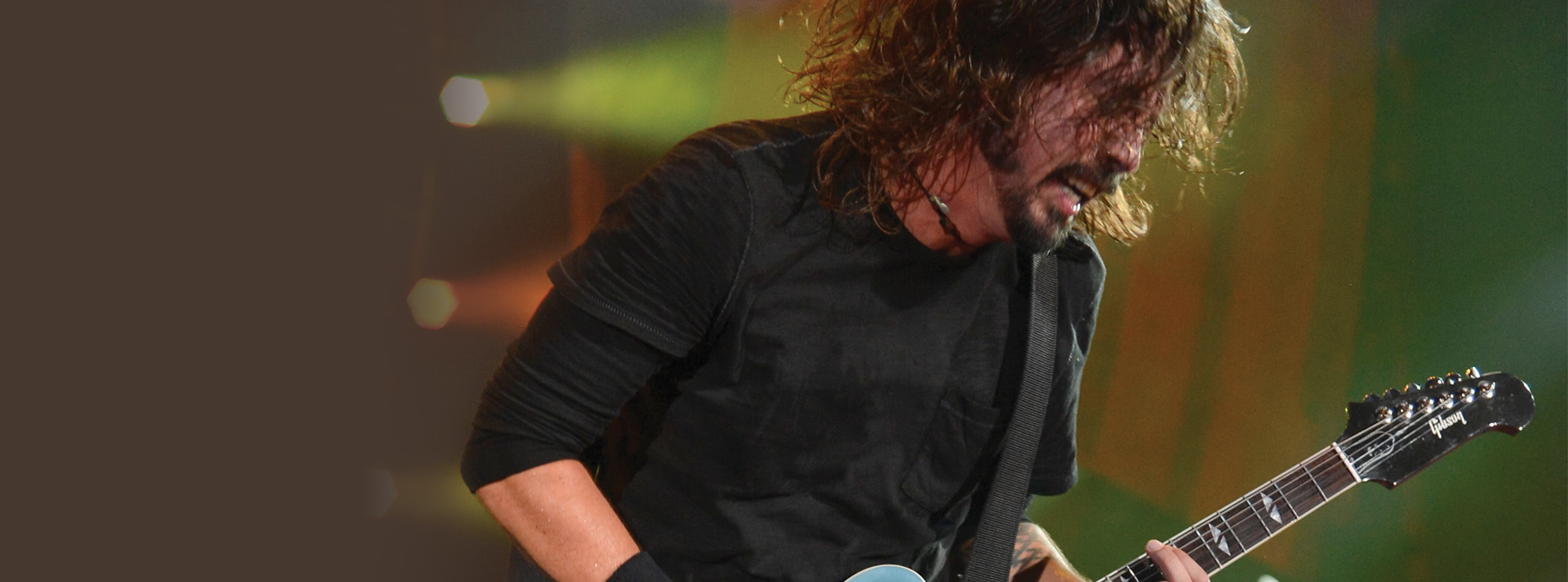Pyromania: A Guitarist's Deep Dive into Def Leppard's Landmark Album
"Pyromania," released by Def Leppard in 1983, stands as a monumental album in the rock genre, blending the energy of hard rock with polished production and hook-laden melodies. It was this album that catapulted the band into the mainstream, earning them legions of fans worldwide. For guitarists, especially, "Pyromania" offers a masterclass in guitar craftsmanship, featuring a variety of techniques, scales, and solos that have influenced countless musicians. This deep dive with Lick Library legend, Sam Bell, explores the album track by track, focusing on the contributions of lead guitarists Steve Clark and Phil Collen, their distinctive styles, and the guitar techniques that define this iconic album.
Lead Guitarists: Steve Clark and Phil Collen
Steve Clark and Phil Collen, Def Leppard's guitar duo during the "Pyromania" era, were instrumental in crafting the album's unique sound. Clark, known for his melodic sensibility and thick, chordal riffs, brought a depth and warmth to the album's guitar work. Phil Collen, who joined the band during the album's recording, replacing Pete Willis, contributed his precision, speed, and technical prowess. Together, they created a layered, harmonious sound that was both powerful and melodically rich.
Track-by-Track Analysis
1. "Rock! Rock! (Till You Drop)"
The album kicks off with a bang with "Rock! Rock! (Till You Drop)," a high-energy track featuring driving rhythms and a memorable riff. The guitar work is rooted in the E minor pentatonic scale, with Clark and Collen employing power chords and open-string riffs to create a raw, energetic sound. The solo, a collaboration between Clark and Collen, showcases a mix of string bending, alternate picking, and rapid hammer-ons and pull-offs, demonstrating their technical skill and musicality.
2. "Photograph"
"Photograph" is perhaps the album's most iconic track, featuring a catchy melody and a standout guitar riff. The song is in D major, and the guitar work makes extensive use of the D major scale and arpeggios to create its bright, uplifting sound. The solo by Phil Collen is a masterclass in expression, utilising vibrato, pinched harmonics, and double stop bends to convey emotion and intensity.
3. "Stagefright"
"Stagefright" showcases the band's ability to blend rapid-fire rhythms with melodic hooks. The track is anchored in A minor, with the guitar parts featuring a mix of palm muting and syncopated rhythms to create a driving, pulsating feel. The solo section highlights sweep picking and tapped harmonics, illustrating the technical versatility of the band's guitarists.
4. "Too Late for Love"
A mid-tempo ballad, "Too Late for Love," is a showcase for Clark's ability to create rich, layered guitar textures. The song, in G major, features lush chord progressions and arpeggiated chord progressions, creating a moody atmosphere. The solo combines legato playing with strategic use of sustain, crafting a solo that is both emotive and technically refined.
5. "Die Hard the Hunter"
This track is a narrative-driven song that combines storytelling with dynamic guitar work. The guitars utilize a variety of scales, including the minor pentatonic and natural minor scales, to match the song's shifting moods. Techniques like rakes and trills add texture, while the solo sections feature unison bends and dive bombs, showcasing the expressive range of the guitar.
6. "Foolin'"
"Foolin'" is notable for its complex structure and emotive guitar work. The track oscillates between D minor and F major, with the guitar parts weaving through chord progressions that build tension and release. The use of double stops, slides, and octave melodies adds depth and variety to the sound. The solo, a high point of the song, employs two-handed tapping and whammy bar tricks to create a memorable, technically impressive passage.
7. "Rock of Ages"
"Rock of Ages" is an anthem that combines catchy melodies with powerful guitar riffs. The song is primarily in G major, and the guitar work is characterized by the use of power chords and galloping rhythms to create a driving, anthemic feel. The solo section features dual guitar harmonies and bluesy bends, highlighting the collaborative dynamic between Clark and Collen.
8. "Comin' Under Fire"
This track is a showcase for layered guitar textures and dynamic shifts. The guitars, in A minor, make extensive use of arpeggios and chromaticism to create a sense of urgency and tension. Techniques like palm muting and string bending are employed throughout, with the solo section featuring intricate legato runs and harmonics for added expressiveness.
9. "Action! Not Words"
A high-energy track, "Action! Not Words" is a guitar-driven song that emphasises speed and precision. The song is in E major, with the guitar parts showcasing rapid alternate picking and tremolo picking. The solo is a testament to Collen's technical skill, featuring fast sweep picking, tapped harmonics, and pull-offs.
10. "Billy's Got a Gun"
The album closes with "Billy's Got a Gun," a dark, moody track that combines storytelling with complex guitar work. The song, in C minor, features a mix of minor pentatonic scales and altered tunings to create a somber atmosphere. The use of finger-picking and hybrid picking adds texture, while the solo section, rich in pinched harmonics and vibrato, showcases the emotional depth of the guitar work.
Guitar Techniques Used in "Pyromania"
"Pyromania" showcases a wide array of guitar techniques that contribute to its distinctive sound. Below is a list of some of these techniques, which have been illustrated throughout the album's tracks:
- Vibrato
- Alternate Picking
- Legato
- Double Stop Bends
- Unison Bends
- Pinched Harmonics
- Trills
- Tremolo Picking
- Chord Progressions
- Arpeggios
- Dive Bombs
- Harmonics
- Pull-offs
- Power Chords
- Palm Muting
- Barre Chords
- Rakes
- Pre-bends
- Hammer-ons
- Double Stops
- Slides
- Sustain
- Pick Slides
- String Bending
- Syncopated Rhythms
- Open String Riffs
- Whammy Bar Tricks
- Bluesy Bends
- Octave Melodies
- Dual Guitar Harmonies
- Arpeggiated Chord Progressions
- Chromaticism
"Pyromania" remains a touchstone album for guitarists, offering lessons in tone, technique, and musicality. Steve Clark and Phil Collen's contributions to the album are monumental, blending technical mastery with heartfelt expression. For any guitarist looking to deepen their understanding of rock guitar work, "Pyromania" serves as both inspiration and instruction.

About The Tutor
Tutor Profile
Sam Bell
Sam Bell has been playing guitar from the age of 4, since then he has played many styles from Funky Blues to screaming Metal/Fusion on 8 string guitar. A member of UK tech metal band ‘Mask of Judas’, he is also currently writing his own solo instrumental album. He also...



